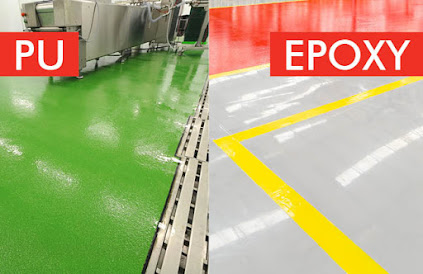Hazards to Avoid and Safety Tips to Protect Your Tanks
Establishing regular plant maintenance activities is an important proactive measure savvy plant managers can take to help ensure safe operations and facility longevity. These maintenance schedules should include a plan for routine storage tank cleaning.
Debris and corrosion-causing contaminants can create a sludge-like material at the bottoms or unclean tanks' sides. Often resulting in oxidation, this can hinder storage tank efficiency. Worse yet, dirty and contaminated tanks can pose increased safety risks to the environment and your employees.
Stainless steel water tank cleanings are frequently part of regulatory inspection requirements, and workers must complete them periodically depending on the materials held within tanks. To reduce lost productivity and downtime, consider cleaning tanks during routine maintenance or repair periods. For instance, plant managers can schedule routine metal tank cleanings during planned plant turnarounds or shutdowns as activity and production cessation can provide ideal conditions for tank cleaning.
It’s also important to clean steel water storage tanks before material changeovers to prevent old materials from contaminating new ones. As with all activities related to plant and facility maintenance, tank cleaning can be a hazardous procedure, and workers must execute the task with utmost care.
Tank cleaning hazards
Potential hazards vary widely; however, proper planning for any tank cleaning should cover risk mitigation strategies to reduce threats. Tanks, by nature, are confined spaces. This creates unique challenges due to lack of airflow and light and potential problems for workers entering and existing tanks. Other hazards can include
· fires
· toxic gas and vapor releases,
· oxygen shortages,
· exposure to radiation, and
· environmental contamination, among others.
Employing trained professionals for all tank cleanings is often the best choice for avoiding employee health hazards or environmental dangers and mitigating risk.
Tank cleaning safety tips
It’s important to confirm those cleaning your tanks are not only properly trained but that they also adhere to proper safety procedures. Key safety considerations to plan for include:
· Coordination — Ideally, SS water storage tank cleanings should only occur after planning sessions during which plant managers assess and plan for risks. Planning should also include obtaining permits if necessary and facilitating safety meetings to ensure properly executed cleanings.
· Trained professionals — Tank cleanings require training and industry-specific experience. Only allow those with the right knowledge and expertise to clean storage tanks. Employees unsure of cleaning best practices or those in questionable health should not partake in these activities.
· Personal protective equipment (PPE) — Steel water tank cleanings should never take place without first preparing the correct equipment for handling the holding materials and working with specific tanks. Properly equipping staff members with the right protective gear can be the difference between safety and catastrophe.





Comments
Post a Comment